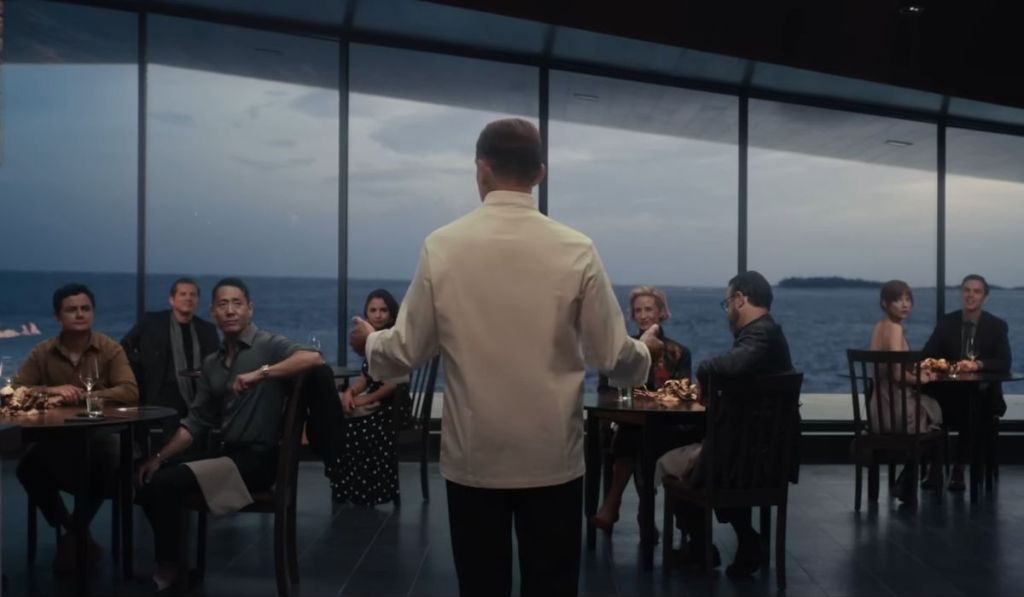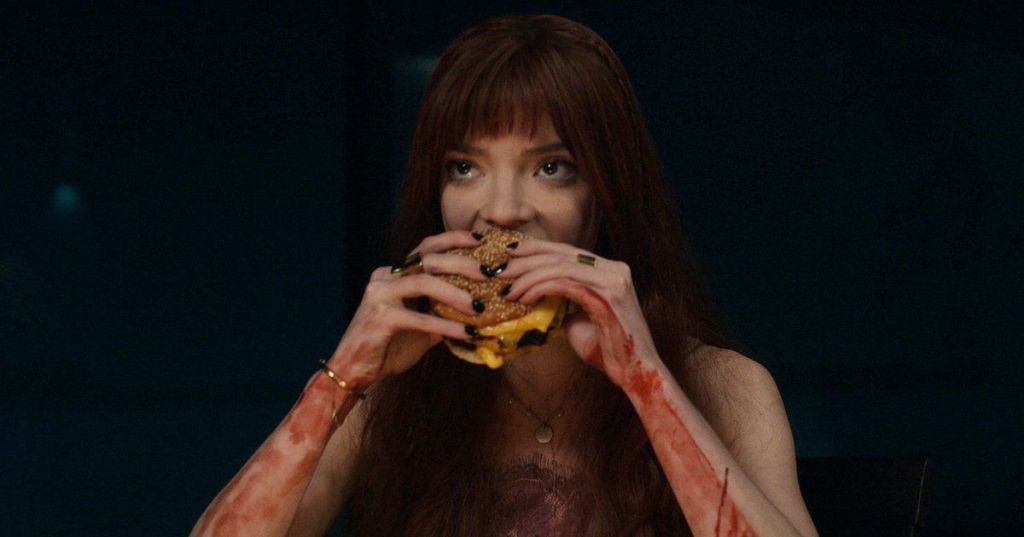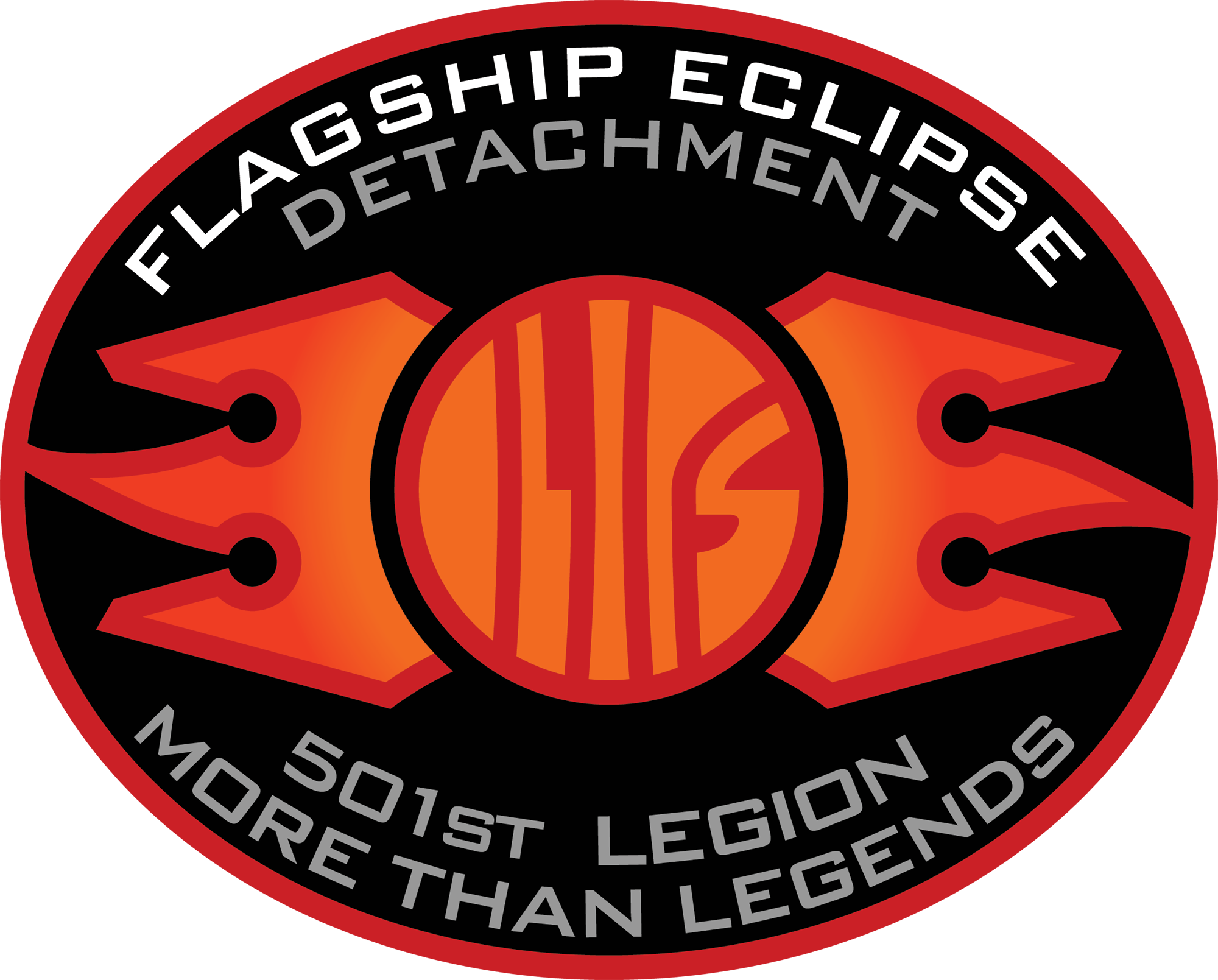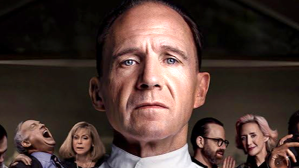
A movie begins, and at first, in its plot, it feels like just another fancy evening in a remote location. A small group of people, used to luxury and exclusivity, are taken to a secluded island to enjoy a carefully curated culinary experience. The hosts are flawless, the dishes are like pieces of art, but there’s this subtle tension in the air – like something’s about to go wrong. Slowly, what was meant to be refinement starts to feel uncomfortable. And then, out of nowhere, the mystery fully unravels: this isn’t just dinner: it’s a trap, and no one is safe. This is The Menu, one of those movies that, while not underrated, probably deserves a rewatch today, for good reason.
Since it came out in 2022, this thriller has found new life with fresh audiences. Back then, it got attention for its sharp satire of the fine dining world in the most unsettling way possible; now, a few years later, the film feels even sharper. Its critique, once seen as clever, now hits almost like a warning. And it’s not just about chefs, dishes, or fancy menus – it’s about how we consume art, pleasure, and status in a world obsessed with appearances.

The story of The Menu centers around an exclusive dinner hosted by the famous Chef Slowick (Ralph Fiennes) at an isolated restaurant, where every dish is part of a carefully constructed narrative (and that’s made pretty clear). But as the night goes on, the guests – all members of a privileged class who treat exclusive experiences like trophies – start to realize that the menu for the evening holds surprises they’re definitely not ready for. The chef serves each course with the passion of an artist and the detachment of an executioner.
However, what makes The Menu feel even more relevant now isn’t just its tight suspense – it’s the way it tackles themes that have only become more real. Sure, it’s about privilege, but it’s also about the burnout of creating for an audience that doesn’t care, and the frustration of serving people who are never satisfied. Sound familiar? It’s a movie that peels back the gloss of refinement and turns luxury into something terrifying. It’s satire starts quietly but gets louder with each dish, until it’s impossible to ignore – or not relate to, especially when we compare it to today’s world.
The truth is, time has only made this take on the movie stronger. We now live in a world where restaurants are photo ops and dishes are made more for likes than for taste. The film cuts right to the heart of a tough question: how much of what we do is real, and how much is just for show? The dinner in The Menu isn’t about food. It’s about performance, power, control, and how all of that falls apart when the substance is lost.
Warning: Spoilers The Menu Follow!

Even with its dark humor, The Menu never slips into full parody (which is exactly what makes it work). Its tone is slick, uneasy, and well-paced. Each guest is a stereotype, but also has depth – like the critic who mistakes pretension for sophistication, the investor who buys into things he doesn’t understand, or the washed-up actor who thinks fame can justify his presence. And right in the middle of it all is Margot (Anya Taylor-Joy), a woman who clearly doesn’t belong there – and maybe that’s why she’s the only one who can actually disrupt what’s happening. Her presence throws a wrench in the whole plan and forces the chef to face something he’s forgotten: the real joy of cooking for someone who actually wants to eat.
It’s at this exact moment that the film reconnects with something real – and hits its most powerful note. Her request for a plain cheeseburger, made with genuine hunger and no pretense, stands in total contrast to all the fancy, hollow dishes from earlier. And in a surprisingly moving way, that simple gesture is what softens the chef’s icy exterior. What The Menu offers here isn’t just a critique – it’s a suggestion: maybe it’s still possible to find something real. Maybe there’s still a light at the end of the tunnel, and it’s possible to find something true in the middle of so much fake and shallow stuff.
Also, it’s worth pointing out that the thriller aspect of The Menu stays sharp from beginning to end. It doesn’t rely on cheap scares or over-the-top violence. The horror here is psychological. It’s the fear of being stuck in something you’re part of, even if you don’t want to be. The restaurant becomes a kind of aesthetic prison, and dinner turns into a quiet trial. There’s no easy way out, no guaranteed redemption – just a chance to realize what’s been lost along the way. That’s the discomfort at the core of the movie, and honestly, the viewer probably feels it the most.
Watching it now, it’s kind of striking how ahead of the curve it was – talking about creative work, the line between art and commerce, the burnout of creators, and the apathy of consumers. These days, some people are catching on and looking for something that actually matters, but deep down, we all know there’s no easy fix. The noise of trends and clout still drowns everything out.

More than just one of the best thrillers, The Menu is one of those movies that gets better with time. Its critique hits harder, its irony lands better, and its whole structure feels even bolder as the real world edges closer to what the movie already predicted. It manages to deliver something that few films today can – actual substance and thoughtful commentary, wrapped in smart, sharp cinema. Not every movie pulls that off. The Menu is one of those rare cases where time hasn’t dulled the message – it’s only made it clearer, and a lot more uncomfortable. And that’s exactly the point.
The Menu is available to stream on Prime Video.
The post One of the Best Thrillers of 2022 Is Even Better Now appeared first on ComicBook.com.

